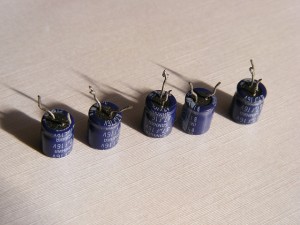Protecting Electronics from Power Surges
Power surges can be destructive occurrences that can ruin electronics and severely damage home wiring. Summer thunderstorms often produce lightning storms that can initiate power surges and disrupt electronic devices and even completely destroy them. Protecting your home from power surges is an important part of storm preparedness during the summer season. Safeguarding your home’s wiring and your personal electronics is important to both preserve these devices and reduce the risk of fire as a result of surges. Often, a combination of circuit overload and power surges contribute to the failure of electronic devices during a storm. It is doubly important to take measures to guard against overloads since they can often induce power surges.
Power Strips & Surge Protectors
Power surges entail rapid bursts of electric voltage brought on by lightning strikes, power disruptions outside the home, and circuit overloads. While surges are often impossible to prevent, taking steps such as installing surge protectors and using power strips can help reduce the potential for power disruption and damage to electronic devices. Regions with severe yearly summer thunderstorms where lightning and power surges are commonplace should make sure to take this precaution and protect valuable electronics. Whole home surge protectors may be a reasonable option for surge prone areas. Regardless, the risk is always present and you should use surge protectors on individual outlets along with power strips to protect your appliances and devices.
Protect Circuits from Damage
One of the most common electrical problems at home is circuit overload. The many appliances and electronic devices plugged into outlets make strained circuits a common reality. Sometimes circuit overload has to do with the nature of how your home was wired, with a single circuit in a room supplying power to numerous outlets. This strain may reach a point where the circuit is completely overloaded. Addressing this can help reduce the risk of power surges. The wiring may need to be adjusted to distribute the power across multiple circuits, but you should always avoid overloading an outlet with many devices.
In addition to installing surge protectors and avoiding overloading outlets, it is a good idea to unplug electronics in anticipation of or during a lightning storm. While some items may not be affected, other could be destroyed and require costly repairs or outright replacement. In these scenarios, it’s best to unplug most appliances and electronics during storms. For the rest of the time, keep surge protectors on and be aware of the state of your home’s wiring.



